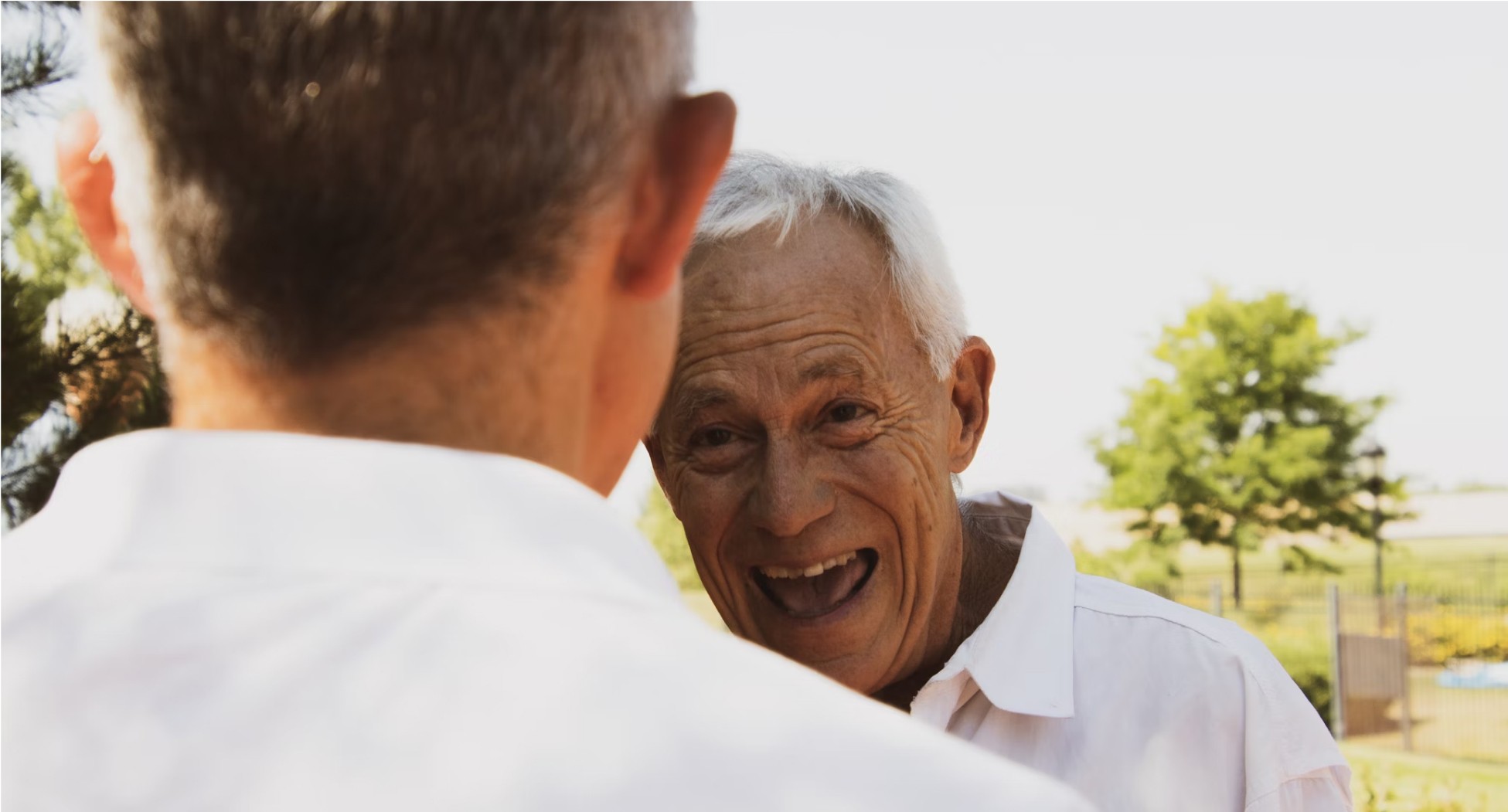Care
8 min read
How We Actually Vet In-Home Caregivers
Families let us into their homes. That’s a big deal. So we don’t hire on vibes, smiles, or a two-minute chat. We run a hard, boring, methodical process that keeps your loved one safe and your stress low. Fewer than one in ten applicants gets through it.
It starts before the interview.
We screen for real, recent in-home experience, not just time in a facility. We verify the right to work and identity, look at schedule stability, check comfort with pets and non-smoking homes, and confirm driving readiness if a client needs rides. If an application is vague or the timeline doesn’t add up, we pass. Fast.
The phone screen is blunt by design.
Ten minutes tells you a lot. Can the person communicate calmly? Do their hours match the actual shifts families need—days, overnights, live-in? Do they live close enough to show up on time in Nassau or Suffolk without burning out? Any red flag on reliability and we’re done.
The interview is not small talk. We use real scenarios and score answers, not personalities. What happens when a client refuses a shower for a week? How do you handle a 2 a.m. dementia exit attempt? You notice a fall risk in the bathroom—what do you do first, who do you call, and what do you document? We’re listening for safety, empathy, problem-solving, and healthy boundaries. “I’d post in the family group chat” is not an acceptable care plan.
Skills are tested, not assumed.
Every candidate completes a non-medical skills check with a trainer. Safe transfers and bed mobility are demonstrated, not described. Hygiene and personal care are done the way you’d want it done for your own parent—slow, respectful, with privacy. Infection-control basics aren’t negotiable. Meal prep has to match notes—soft diet means soft diet. Medication reminders are handled correctly: organize, prompt, observe, report. No administering, no guessing.
Background checks are layered.
We verify identity and work authorization, run multi-jurisdiction criminal and county searches, check the sex-offender registry, and pull a driving record if the role includes transportation. Then we call two to three professional references—actual conversations, not form emails—digging into punctuality, follow-through, and how the caregiver handled stress. If something feels off, we don’t rationalize it. We move on.
Orientation sets the standard.
New hires learn exactly how we work in clients’ homes: dignity and client choice, fall-prevention, dementia communication (validation, redirection, routines), what gets documented and when it gets escalated, and where the line is between non-medical support and clinical tasks. We spell out boundaries in plain English: no borrowing, no posting clients online, no gifts beyond nominal, no side deals with families. Everyone signs off. Everyone is held to it.
Matching is intentional. Good care collapses without the right fit. We match by schedule first—consistency beats a patchwork of faces—then by geography so traffic doesn’t become an attendance problem, then by skills and personality. Quiet and steady works for many dementia clients; others thrive with someone upbeat and chatty. You meet the caregiver before start. If the chemistry isn’t there, we rematch without drama.
The start of care is a trial, not a leap of faith. We push for a paid shadow shift, two to four hours, so routines and preferences get learned without pressure. We leave a written care plan with tasks, safety notes, contact info, and how updates flow to the family. From day one you know who to call for schedule, for care questions, and for emergencies (hint: 911 for emergencies—we’re a non-medical service).
Quality control is constant.
Caregivers clock in and out through EVV so you’re not guessing. Shift notes are concise and useful, not novels. We check in during the first week and keep checking. When something changes—mobility, mood, appetite—we want to hear about it immediately and we expect caregivers to flag it. If availability slips, if phone use creeps in, if documentation gets sloppy, we intervene or replace. Zero tolerance for rough handling or boundary violations.
Training never stops. Every month we run short refreshers: dementia best practices, fall-risk habits, safe body mechanics, hydration and nutrition basics, how to handle end-of-life support as a non-medical team member, and how to communicate with families under stress. The work evolves; the training has to keep pace.
What does all that buy you? Safer days at home. Fewer surprises. Routines that actually stick. Clear lines of responsibility. And when life happens—a hospitalization, a schedule change—you get solutions, not excuses.
If you’re comparing agencies or private caregivers, ask the questions that matter: how do you screen, how do you test skills, what’s in the care plan, how do I see notes, and how fast can you replace someone if the fit changes? If you get fluff, keep looking.
Resources





